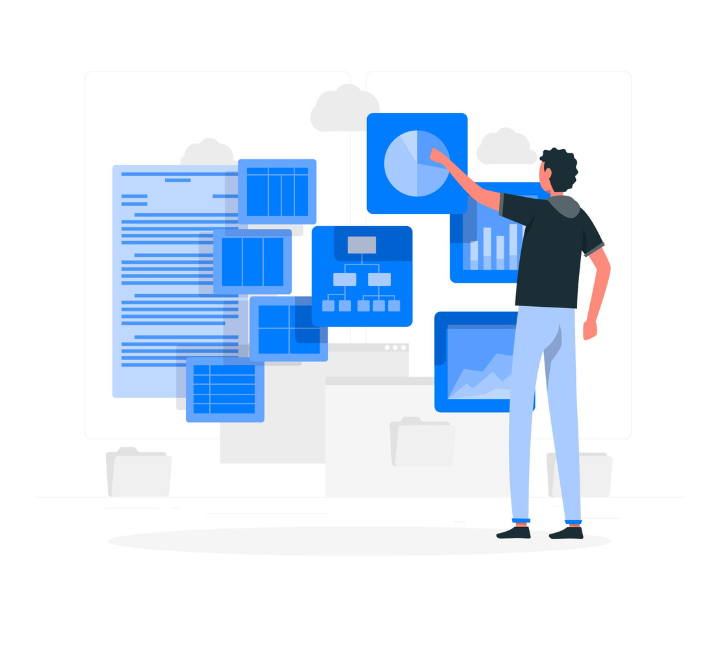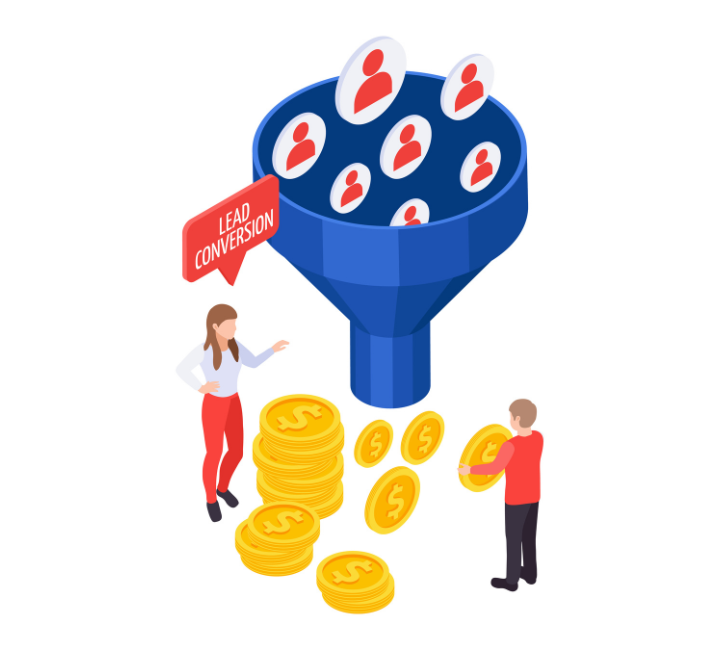How B2B Companies Can Utilize Intent Data for Account-Based Marketing

Introduction
In the business-to-business (B2B) world, Account-Based Marketing (ABM) is becoming increasingly essential for companies looking to gain a competitive edge. This targeted approach focuses on a small set of high-value accounts rather than casting a wide net. Yet, for ABM to truly succeed, data-driven strategies are key. That's where intent data comes in—providing essential insights into what your targeted accounts are interested in and when they're ready to make a purchase.
This article aims to guide B2B companies, particularly marketing and sales teams, on how to utilize intent data to amplify their ABM strategies. Whether you're new to the concept of intent data or looking to optimize your existing ABM initiatives, this guide is for you.
What is Account-Based Marketing?
Account-Based Marketing (ABM) is a strategic approach in B2B marketing where a company focuses on individual accounts rather than a broad audience. Instead of sending the same message to all potential clients, ABM allows you to tailor your marketing efforts to engage specific high-value prospects. The goal is to treat each targeted account as its own market, creating personalized marketing campaigns to resonate with each unique buyer's journey.
Key Components and Stages of ABM
Account Identification: This is the foundational step where you identify the businesses that best match your ideal customer profile.
Account Research: Understanding the specific needs, challenges, and objectives of each identified account is crucial for tailored marketing.
Content Customization: Once you have the research, you can then customize your marketing content to meet the needs of each target account.
Engagement: This involves actually reaching out to the targeted accounts via multiple channels—be it email, social media, or even face-to-face meetings.
Measurement and Analysis: Finally, the effectiveness of your ABM campaigns should be measured through KPIs to refine your strategies continually.
The next step is to understand how intent data can enhance these stages, making your ABM strategies not just targeted, but truly effective.
What is Intent Data?
Intent data refers to the digital footprints that prospective buyers leave behind while interacting online. These footprints can reveal a lot about the intent of the buyer, from their current interests to their stage in the buying journey. Broadly, intent data can be categorized into two types:
Explicit Intent Data: This data is generated when a prospect takes a clear action indicating interest, such as filling out a contact form, downloading a whitepaper, or directly engaging with your sales team.
Implicit Intent Data: This is more subtle and involves analyzing behaviors like web page visits, social media likes, or the frequency of keyword searches to deduce interest levels.
Importance in the Context of ABM
For an ABM strategy to be successful, you need more than just a list of targeted accounts; you need to understand the needs and behaviors of the individuals within those accounts. Intent data offers this level of insight.
It enables you to not only identify which accounts are more likely to convert but also what specific products or services they are interested in. Thus, integrating intent data can supercharge your ABM initiatives, making them more aligned, informed, and effective.
How Intent Data Complements ABM
Personalization
Personalization is the cornerstone of any successful ABM strategy. Intent data can offer invaluable insights into the specific pain points, interests, and requirements of your targeted accounts. These insights allow you to tailor your messages, content, and even product offerings to meet the unique needs of each account.
Lead Scoring
Understanding which leads within an account are the most promising can significantly enhance the efficiency of your sales process. Intent data provides actionable behavioral cues, like frequent visits to pricing pages or engaging with specific content, that can be used for more accurate lead scoring.
Content Targeting
Effective ABM isn't just about reaching the right accounts; it's also about delivering the right content. Intent data can inform your content strategy by revealing what topics or solutions are currently engaging your target accounts. This enables you to create more relevant and engaging content that resonates with your audience.
By using intent data in these ways, you can significantly improve the effectiveness of your ABM strategies. The data ensures that your efforts are as targeted and personalized as possible, resulting in higher conversion rates and ROI.
Sources of Intent Data
In the realm of ABM, understanding where your intent data comes from is crucial for its effective application. Broadly speaking, intent data can be categorized into first-party and third-party sources:
First-Party Data
This refers to the data you collect directly from interactions with your brand. These could include website visits, social media engagements, or direct inquiries. Since this data comes directly from the source, it is often more accurate and relevant.
Third-Party Data
This type of data is collected from interactions that prospective buyers have with other platforms, websites, or even competitors. Although third-party data might not be as accurate as first-party data, it can offer valuable insights into behaviors and intentions you otherwise would not be aware of.
By combining both first-party and third-party intent data, you can develop a well-rounded understanding of your targeted accounts. This comprehensive view is invaluable for enhancing the precision and effectiveness of your ABM strategies.
Implementation Steps
Implementing intent data into your ABM strategy involves more than just collecting the data. It requires an organized approach for maximum impact. Here are some key steps:
1. Data Collection: Tools and Technologies
First, identify the tools and technologies that will assist you in collecting both first-party and third-party intent data. These could range from tracking pixels and cookies for your website to specialized intent data platforms.
2. Data Integration: Merging with Existing CRM
Once collected, this data should be integrated into your existing Customer Relationship Management (CRM) systems. This allows for a seamless flow of information that can be easily accessed by both marketing and sales teams.
3. Team Training: Understanding Intent Data
Before you can effectively utilize intent data, your teams need to understand how to interpret and act upon it. Training sessions can help your staff become proficient in utilizing these insights.
4. Monitoring and Adjustment: Continuous Improvement
Implementing intent data into your ABM strategy is not a one-time task. It requires ongoing monitoring and adjustments to ensure its effectiveness. Regular audits can help you understand what's working and what needs to be tweaked for better results.
Implementing intent data successfully into your ABM strategy requires thoughtful planning and ongoing adjustments. The benefits, however, are well worth the effort, including more targeted campaigns and better ROI.
Conclusion
In today's hyper-competitive B2B environment, Account-Based Marketing has proven to be an invaluable strategy for targeting high-value accounts with precision. However, the true power of ABM is unlocked when it's supercharged with intent data. From personalization and lead scoring to content targeting, intent data provides the critical insights needed to make your ABM initiatives as effective as possible.
By understanding the types of intent data, their sources, and how to implement them into your ABM strategy, you can optimize your marketing efforts for maximum impact. It's not just about reaching the right accounts; it's about reaching them with the right message at the right time. And that's the level of targeting that intent data can help you achieve.
Related Articles
Say Hello to iSyndicate Ecosystem

Data Cloud
138+ million contacts that are ready to hear from you.

Email automation
That captures prospects intent actions.

Publishing network
That syndicates your content on 300+ B2B websites

AI voice bot
That communicate with prospects efficiently







